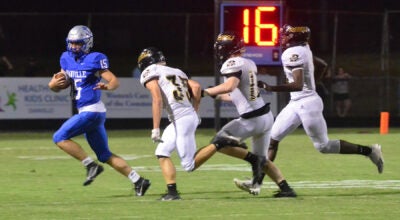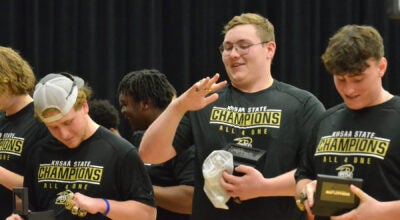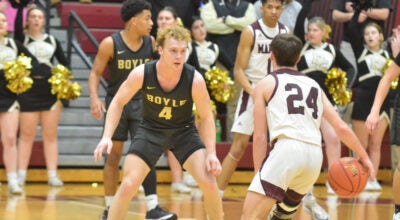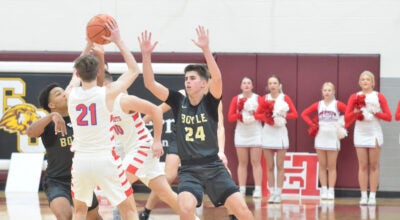Overuse can spell disaster for athletes
Published 9:14 am Thursday, April 6, 2017
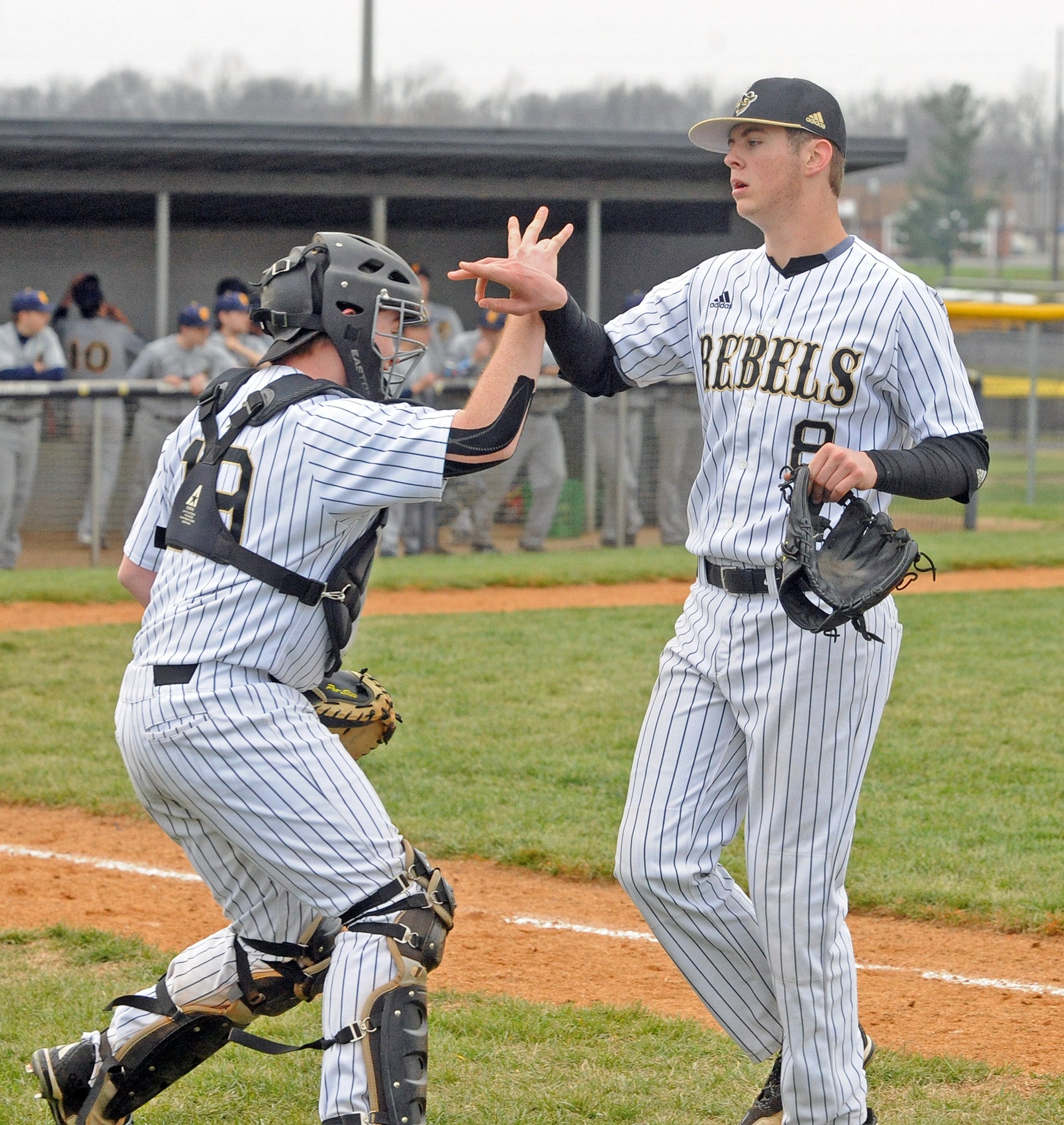
- Matt Overing/matthew.overing@amnews.com
In my last article I talked a little bit about how athletic trainers work to prevent injuries. This week, I want to focus on baseball and softball injury prevention.
Some may find this article a little controversial because some of the recommendations that I am passing along go against older trends. In my job the injuries that I see in baseball and softball mainly involve the shoulder, elbow, wrist and hand. Many of these injuries are caused by overuse and can be prevented.
Many of my patients play sports year-round. They see this as the only way they are going to get a coveted college scholarship. Dr. James Andrews, world-renowned orthopedic surgeon, recommends that youth overhead athletes take at least two months off each year from throwing. This time off allows the arm to recover.
Multisport athletes suffer fewer injuries. Specialization at a young age is bad and there is a mountain of research to back this up. Different sports work different muscles.
One example of this I see is the first day of baseball or softball practice after my basketball players report. These guys have been playing entire basketball games all season but are winded after sprinting from the batter’s box to second base after a hit.
I can also give numerous examples of Division I college and professional athletes that played multiple sports. You do not need to specialize to be a great player.
Only pitching for one team at a time is important. I’ve seen some youth athletes pitch for more than one travel team, and this is hard on their bodies. Too many games put extra stress on the joints and muscles. This also limits instruction time. Games are important, but athletes need practice time to improve their skills.
Rest is also very important in season. I like my high school baseball pitchers to have four days of rest after ninety or more pitches (especially with pitchers that consistently throw over eighty miles per hour). This is one more day than the Kentucky High School Athletic Association requires, but for our team this has helped reduce elbow and shoulder injuries.
For softball, I do not like my pitchers to pitch more than three days in a row. If teams could focus on developing multiple pitchers, the overall health of their pitching staff would improve.
Pitching with arm pain will lead to injury. This sounds like common sense, but it is important to communicate regularly about how your arm is feeling and to stop throwing if you have pain.
Following age appropriate pitching guidelines can prevent arm and shoulder pain. A 12-year old pitcher should not throw the same number of pitches as an 18-year old.
You can find some of these guidelines at www.stopsportsinjuries.org.
I also have some other recommendations for youth baseball and softball athletes:
- Master the fastball first and the change up second before considering breaking pitches. Some believe that throwing a breaking pitch too often at a young age can lead to elbow injuries.
- Rotate playing other positions besides pitcher. This allows your arm to get a break and helps you learn other aspects of the game.
- Do not pitch and catch on the same day. If you think about it we have pitch counts on pitchers but not catchers. They both throw the ball the same number of times. I’ve also sadly had some catchers throw the ball back to the mound harder than the pitcher throws it across the plate.
- Emphasize control, accuracy and good mechanics over velocity.
Jeremy Johnson ATC is the athletic trainer at Boyle County High School.


